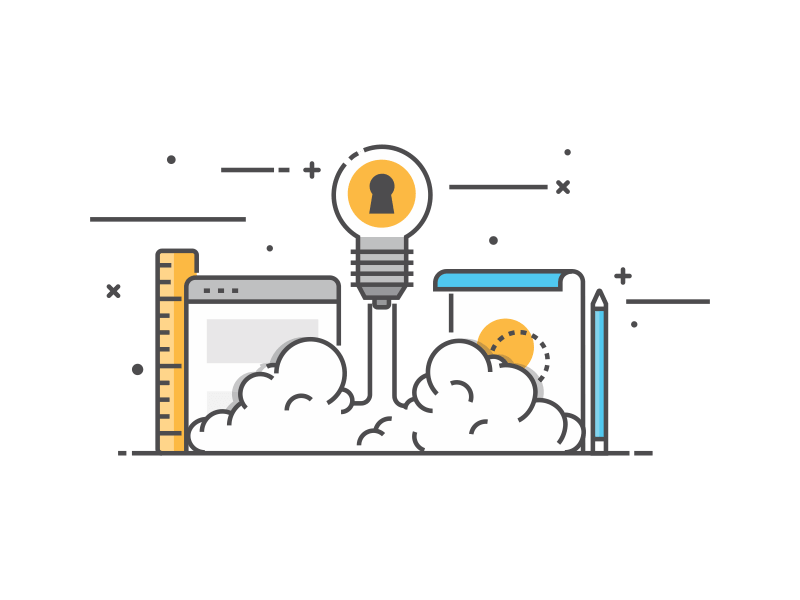How much does a website cost in 2023?

In today’s digital age, having a strong online presence is essential for businesses, organizations, and individuals alike. A well-designed website not only serves as a virtual storefront but also acts as a platform to showcase products, services, and ideas to a global audience. However, the cost of building and maintaining a website can vary significantly based on various factors. In this article, we’ll delve into the world of web development and explore the different elements that contribute to the cost of a website in 2023.
In today’s digital-first world, a website is often the first point of contact between a business and its potential customers. It’s not just a source of information but a crucial marketing tool that can influence purchasing decisions. From a personal blog to an e-commerce platform, websites come in various shapes and sizes, each with its unique set of requirements and costs.
Factors Affecting Website Cost
The cost of a website is influenced by several factors, including:
-
Design Complexity: A simple, minimalist design will be more cost-effective than a complex, custom-designed layout.
-
Functionality: The more features and functionality you require (e.g., e-commerce, user accounts, booking systems), the higher the cost.
-
Content Management System (CMS): Using a popular CMS like WordPress can be cost-efficient, while a custom CMS will increase development costs.
-
Responsive Design: Ensuring your website looks and functions well on various devices adds to the cost.
-
Hosting and Domain: These ongoing expenses contribute to the overall cost.
Types of Websites
Websites can be broadly categorized into several types, each catering to different needs:
-
Basic Brochure Website: A simple online presence with essential information about a business or individual.
-
E-commerce Website: Allows online buying and selling of products or services.
-
Portfolio Website: Showcases a creative individual’s work, such as artists or photographers.
-
Blog: Personal or professional blogs sharing information and insights.
-
Social Media Platform: Complex websites with user profiles, interactions, and real-time updates.
Cost Breakdown
Let’s break down the costs involved in creating a website:
-
Domain Name: The web address of your site. Costs around $10 to $50 per year.
-
Hosting: The server space where your website’s files are stored. Costs vary based on the type of hosting (shared, VPS, dedicated), ranging from $3 to $300 per month.
-
Web Design and Development: The cost of designing and coding your website’s layout, functionalities, and features. Can range from a few hundred to several thousand dollars.
-
Content Creation: Costs for creating text, images, videos, and other media for your website. Varies widely based on the amount and type of content.
-
Plugins and Extensions: Additional software to enhance website functionality. Some may be free, while others can range from $10 to $200 or more.
-
Maintenance and Updates: Regular updates, security patches, and technical maintenance. Monthly costs can vary, but budgeting around $50 to $150 per month is common.
Choosing the Right Development Approach
When it comes to building a website, you have two main approaches: traditional custom development and using website builders like Dexbil.
Traditional Custom Development: This involves hiring a web development agency or freelancers to build your website from scratch. While it offers high customization, it’s often more time-consuming and expensive.
Website Builders like Dexbil: Website builders provide a user-friendly platform with pre-designed templates and drag-and-drop functionality. This approach is quicker and more cost-effective, making it ideal for small to medium-sized businesses and individuals.
Introducing Dexbil
Dexbil is a cutting-edge website builder that empowers individuals and businesses to create stunning websites without the need for coding skills. Dexbil offers a range of professionally designed templates, intuitive customization options, and powerful features, all designed to streamline the website development process.
7. Dexbil: A Cost-Effective Solution
One of the standout advantages of Dexbil is its affordability. With traditional custom development, the costs can quickly add up due to the need for design, development, and ongoing maintenance. Dexbil, on the other hand, offers a range of pricing plans to suit different needs, starting at just a fraction of the cost of traditional development.
Comparing Costs: Traditional vs. Dexbil
Let’s break down the cost comparison between traditional custom development and using Dexbil for a small business website:
Traditional Custom Development:
- Web Design and Development: $1500 – $5000+
- Content Creation: $500 – $1500
- Plugins and Extensions: $200 – $500
- Maintenance (per month): $100 – $200
Total Yearly Cost: $3600 – $11,800+
Dexbil:
- Dexbil Basic Plan: $1899/one time cost
- Domain Name (per year): Included in the plan
- Content Creation: Professionally Written
- Plugins and Extensions: Included in the platform
- Maintenance: Included in the plan
Total Yearly Cost: $1899 (Dexbil Basic Plan) + Content Creation
As you can see, the cost difference is significant. Dexbil’s subscription-based model eliminates the need for separate hosting, maintenance, and most plugin costs, making it a cost-effective solution.
9. Tips to Optimize Website Costs
Whether you choose traditional development or a platform like Dexbil, there are ways to optimize costs without compromising quality:
-
Plan Carefully: Outline your website’s goals, features, and design before starting development to avoid unnecessary expenses.
-
Content Strategy: Have a clear plan for content creation to avoid delays and additional costs.
-
Choose the Right Plan: Opt for a pricing plan that aligns with your needs. Dexbil offers various plans to suit different users.
-
DIY vs. Outsourcing: Consider your skillset and budget when deciding between creating content yourself or outsourcing it.
-
Regular Maintenance: Regularly update your website and perform maintenance tasks to prevent bigger issues down the line.
10. Future Considerations
The world of web development is constantly evolving. As technologies advance and new trends emerge, website costs may continue to shift. Keeping an eye on these changes can help you.
About Me
Mike is a seasoned digital strategist and content creator with a passion for demystifying the intricacies of the online world. With years of experience in the web development and marketing fields, Mike has honed his expertise in crafting compelling narratives that bridge the gap between technical intricacies and everyday understanding.




